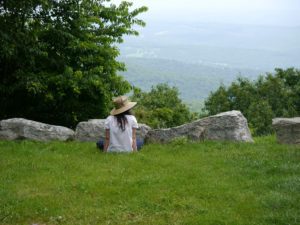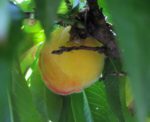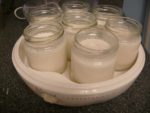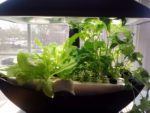 Healthy life, strong bones
Healthy life, strong bones
Strong bones are a key ingredient for lifelong health, activity and independence. In addition to supporting our movement, our bones provide structure and protection for our organs. Women are particularly vulnerable to osteoporosis and osteopenia, conditions where bones are fragile and there are increased risks of fractures. People with Celiac disease, hyperthyroidism, or who are on steroids to manage medical difficulties, such as people with Ulcerative Colits and Crohn’s disease are at increased risk.
Over half of the U.S. population over 50 has either osteoporosis or low bone mass, costing $19 billion annually. Eating a balanced diet and healthy lifestyle habits are a big part of promoting healthy bones for life.
Calcium
Calcium is a necessary ingredient for stron 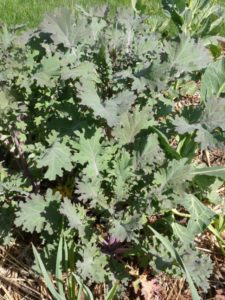 g bones and teeth, and it’s vital for the rest of our bodies, too. Nerves, muscles and even our heart depend on calcium to function. While it is easiest to build bone mass during teen years, our bodies constantly need calcium throughout our lives. It is normal to lose some bone mass with age, and bone loss tends to be greatest after menopause.
g bones and teeth, and it’s vital for the rest of our bodies, too. Nerves, muscles and even our heart depend on calcium to function. While it is easiest to build bone mass during teen years, our bodies constantly need calcium throughout our lives. It is normal to lose some bone mass with age, and bone loss tends to be greatest after menopause.
It’s not just in milk…
Dairy is one of the primary sources of calcium in the American diet, but yogurt and cheese are good sources too. There are plenty of non-dairy foods with calcium, such as tofu, salmon, kale, broccoli, most cereals, almonds, spinach, sesame seeds, etc. There are also a variety of calcium-fortified foods available, such as orange juice, dairy alternatives, etc. Or, if none of those options are possible, supplementation with calcium may be useful.
Vitamin D
Vitamin D, or the “sunshine vitamin” is vital for bone growth and strength and for overall health and well-being, too. Vitamin D deficiency is common, so if you spend little time in the sun you may want to consider asking your doctor about getting your level checked. Foods also provide vitamin Milk, cereal and some juices are fortified with vitamin D, and some kinds of fish have vitamin D. There are also vitamin D supplements available.
Weight bearing exercise:
These bones are made for walkin’! Regular exercise can be a great way to keep your bones healthy and have fun, too. Yoga, tai chi, walking, golf, strength training, dancing and more can do wonders for your bones.
Prebiotic foods:
A happy and healthy microbiome at work builds strong bones. Studies show prebiotic foods and supplements tend to lead toward stronger bones. These foods are often FODMAPs, though, so if you have digestive distress, this can take a little juggling.
Moral of the story: For healthy bones, make sure to get enough calcium and vitamin D, get regular weight bearing exercise, add in prebiotic foods and of course, choose your parents wisely.
Cheryl Harris, MPH, RD is a Registered Dietitian Nutritionist and Certified Wellcoach in Fairfax VA. She helps people with a range of dietary issues, including Celiac Disease, GI issues, food allergies, pregnancy, breastfeeding, vegetarian and vegan diets, preventing diseases and “whole foods” eating. Let’s get you on your way to achieving your goals and feeling great! Email or call 571-271-8742.
Copyright © Harris Whole Health, 571-271-8742 (fax: 703-988-2627) | 9675-A Main St, Fairfax VA 22031
Website design by Erik Harris | News RSS
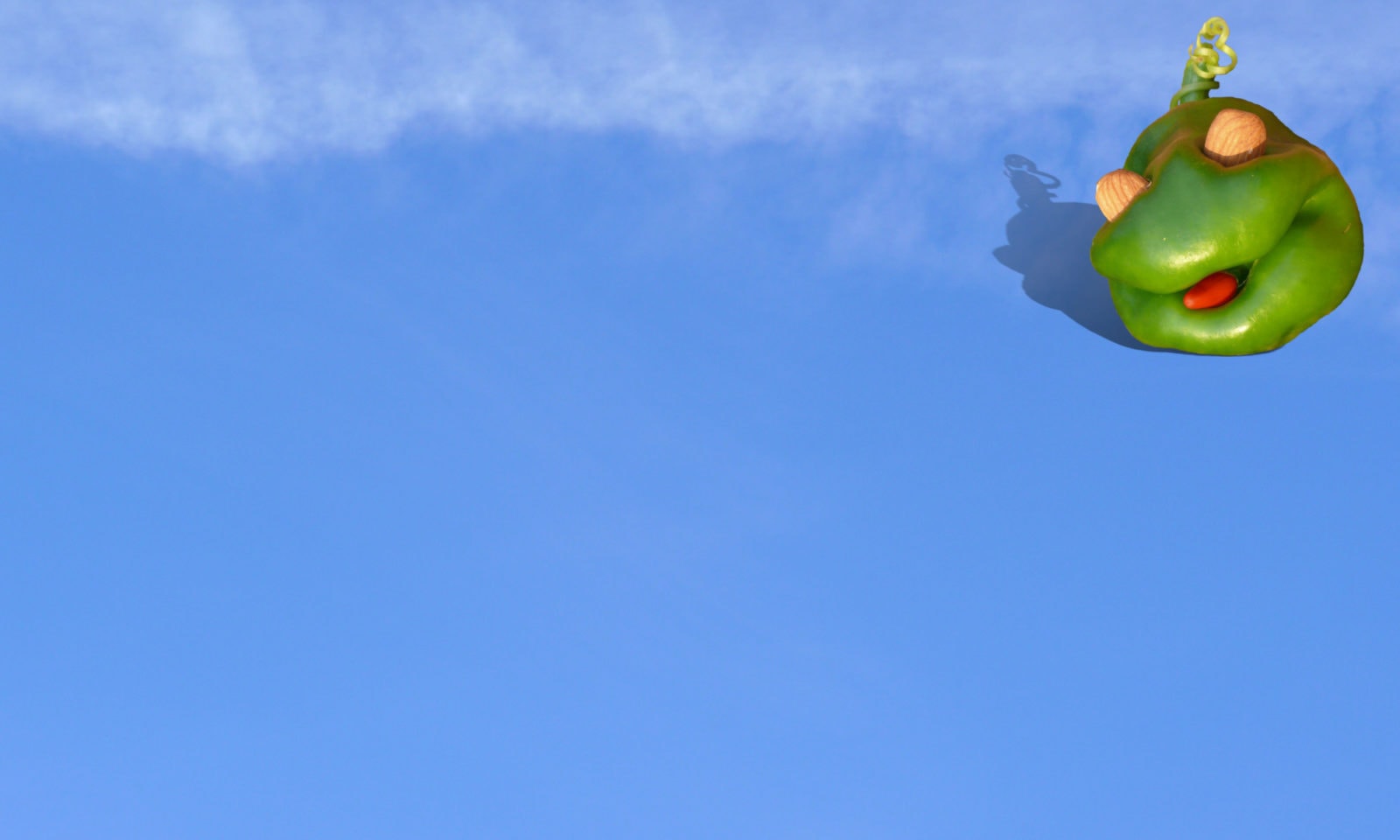


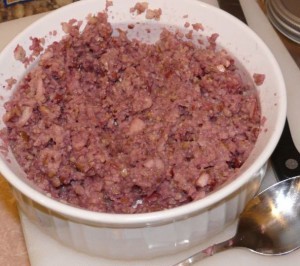 them today at Whole Foods in Springfield…
them today at Whole Foods in Springfield…
 Finally! The FDA has issued draft guidance on gluten in medications, and the comment period is open now. In short, currently there are no specific rules for labeling gluten in medications, and gluten (or wheat, more specifically) may be used as a filler or excipient without being clearly labeled. “We encourage drug manufacturers to have accurate information about their products’ gluten content available so they can respond to questions from consumers and health care professionals. Manufacturers should pay attention to possible sources of gluten in their products, consider specifications when appropriate, and consider the impact of changes in ingredient sources or formulations on gluten content.”
Finally! The FDA has issued draft guidance on gluten in medications, and the comment period is open now. In short, currently there are no specific rules for labeling gluten in medications, and gluten (or wheat, more specifically) may be used as a filler or excipient without being clearly labeled. “We encourage drug manufacturers to have accurate information about their products’ gluten content available so they can respond to questions from consumers and health care professionals. Manufacturers should pay attention to possible sources of gluten in their products, consider specifications when appropriate, and consider the impact of changes in ingredient sources or formulations on gluten content.” 





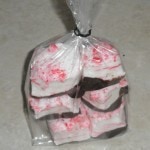

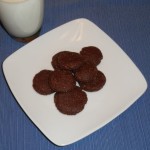

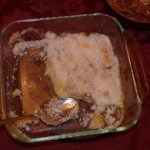
 &
& 


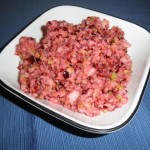

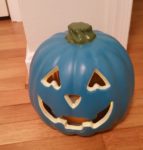

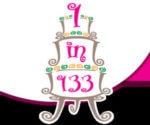 As some of you remember really well, it was a huge undertaking to get gluten-free labeling regulations passed by the FDA. Although they were due out in 2008, they didn’t see the light of day until public pressure and a big cake happened in 2014.
As some of you remember really well, it was a huge undertaking to get gluten-free labeling regulations passed by the FDA. Although they were due out in 2008, they didn’t see the light of day until public pressure and a big cake happened in 2014.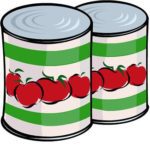
 Summertime recipe, hydration & office change.
Summertime recipe, hydration & office change.


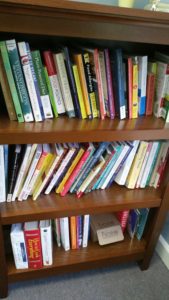 As of Sept 1st, 2017, I’ll be only seeing clients in my Fairfax office, 9675 A Main Street.
As of Sept 1st, 2017, I’ll be only seeing clients in my Fairfax office, 9675 A Main Street.